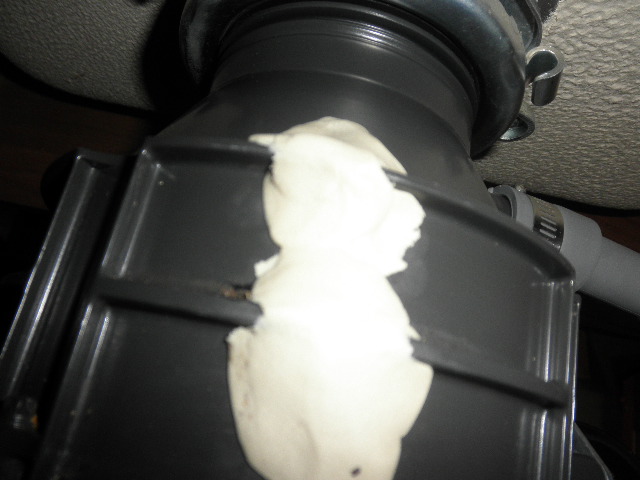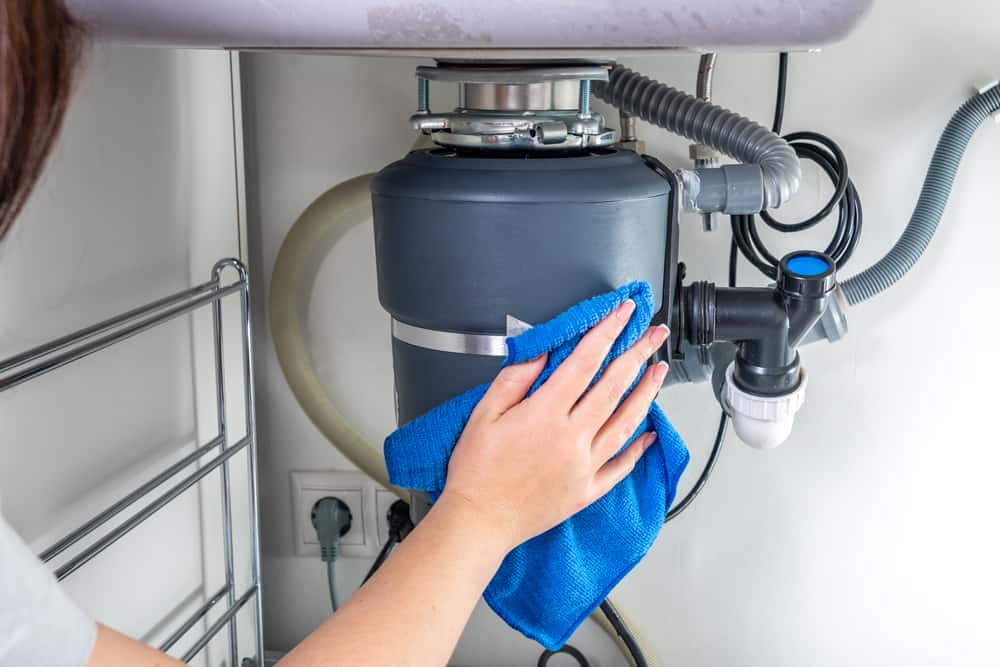Our Definitive Guide to Fixing a Leaky Waste Disposal Unit
Our Definitive Guide to Fixing a Leaky Waste Disposal Unit
Blog Article
Listed here down the page you will find lots of amazing guidance related to Tips on Fixing a Leaking Garbage Disposal.

Garbage disposals are important cooking area appliances that aid in throwing away food waste efficiently. Nevertheless, a dripping garbage disposal can be a discouraging and unpleasant problem to handle. The good news is, many leakages can be fixed conveniently with a couple of easy steps. In this article, we will review just how to fix a leaking waste disposal unit efficiently.
Intro
Garbage disposals are set up under kitchen sinks and are made to shred food waste into smaller pieces, permitting it to travel through the plumbing system quickly. While these gadgets are typically dependable, leakages can occur in time because of deterioration, loose links, or damages to the device.
Step-by-Step Overview to Taking Care Of a Leaking Waste Disposal Unit
Shut off the Power
Before attempting any repair work, make sure that the power to the garbage disposal unit is turned off to avoid the threat of electrical shock.
Situate the Leak
Recognize the exact location of the leak and figure out the reason
Tighten up Connections
Utilize a wrench to tighten up any kind of loose links in between the disposal unit and the pipes system.
Change Seals or Gaskets
If the leak results from worn seals or gaskets, remove the old parts and change them with brand-new ones.
Patching Splits or Openings
For splits or openings in the disposal unit, usage epoxy or a suitable patching product to seal the damaged location.
Identifying the Source of the Leak
Prior to trying to fix a leaking garbage disposal, it is important to recognize the resource of the leakage. This can generally be done with aesthetic assessment or by carrying out basic tests.
Visual Evaluation
Evaluate the waste disposal unit unit very carefully for any kind of signs of water leakage. Pay very close attention to areas around seals, gaskets, and connection points.
Testing for Leakages
One way to test for leakages is by running water via the disposal unit and looking for any type of visible indications of leakage.
Typical Causes of Leaks in Trash Disposals
Worn Seals and Gaskets
Seals and gaskets play an essential function in preventing water from leaking out of the waste disposal unit. With time, these elements can weaken, leading to leaks around the disposal device.
Loose Links
The links between the waste disposal unit and the plumbing system can come to be loosened gradually, triggering water to leakage out during procedure.
Splits or Holes in the Disposal System
Physical damage to the waste disposal unit, such as splits or holes in the real estate, can also lead to leakages.
Devices and Materials Needed for Taking Care Of a Dripping Waste Disposal Unit
Before beginning the repair work process, collect the required tools and materials, consisting of a screwdriver, flexible wrench, plumbing technician's putty, replacement seals or gaskets, and epoxy or patching product for fixing splits or openings.
Testing the Waste Disposal Unit After Repair Service
When the repair is total, evaluate the garbage disposal by running water with it to make sure that the leakage has been dealt with.
Preventive Upkeep Tips to Stay Clear Of Future Leaks
To stop future leaks, it is necessary to do normal maintenance on your waste disposal unit. This includes maintaining it clean, avoiding putting non-food things or difficult objects down the disposal, and regularly looking for leaks or other concerns.
Verdict
Finally, taking care of a dripping waste disposal unit is a relatively simple process that can be finished with basic tools and products. By complying with the steps laid out in this article and exercising preventative upkeep, you can maintain your garbage disposal in good working problem and stay clear of costly repair work in the future.
What to Do About a Leaking Garbage Disposal
A leaking garbage disposal often goes unnoticed until you confront a sopping cabinet, a foul-smelling puddle, or an audible drip-drip-drip from the unit. The fix can be frustrating, too, because the leak can stem from a number of components in the system. Fortunately, with a little sleuthing, you can zero in on the leak and—depending on the exact location—stop the icky oozing and repair the component that caused it. Worst case scenario, if it turns out that the garbage disposal must be replaced, installing a new one is a reasonable do-it-yourself task for those with basic plumbing skills. Read on to keep the cash you’d otherwise hand over to a pro.
Prepare to find the leak
Prior to testing the garbage disposal for leaks, unplug it at the wall outlet and turn off the power from the breaker box to prevent electrical shock. Then insert a watertight sink stopper into your sink drain and wipe the unit dry with a clean cloth. In any handy container, mix a few drops of food coloring into a few cups of water, and pour the dyed water onto the sink stopper to help you locate the leak.
Investigate the source
the top, where the disposal meets the sink drain the side, where the dishwasher hose or main drain pipe connects to the disposal or the bottom of the unit Inspect each of these locations while gliding a light-colored rag over the unit; the dyed water will readily show on the rag and reveal the location of the leak. If a leak isn’t immediately apparent, remove the sink stopper and pour a few more cups of dyed water down the sink drain, then check for leaks again. Leaks near the top of the unit are more likely to show themselves while the sink is plugged, while side and bottom leaks are more noticeable while the sink is unplugged.
The metal sink flange that sits directly inside the sink drain is typically sealed around the top with plumber’s putty (a clay-like sealant) and then secured from under the sink with bolts. If the plumber’s putty deteriorates, or the bolts loosen, the flange can no longer form a watertight seal between the sink drain and the disposal—which could cause a leak at the top of the unit.
To reseal the leaky flange, you must first detach the garbage disposal. Start by loosening the screws securing the main drain pipe to the disposal, then loosen the screws in the metal clamp securing the dishwasher hose to the disposal and detach the drain pipe and dishwasher hose from the disposal. Loosen the screws in the mounting ring that connects the disposal to the metal mounting assembly beneath the sink, then pull down the disposal and carefully set it on a clean, dry surface. Loosen the bolts in the mounting assembly with a wrench, then pull down the mounting assembly and set it near the disposal.

Hopefully you enjoyed our section on Garbage Disposal Leaking From Bottom. Many thanks for finding the time to read our blog post. So long as you enjoyed our article plz remember to share it. We value reading our article about How to fix a pretty consistent leak from my garbage disposal.
Call Today Report this page